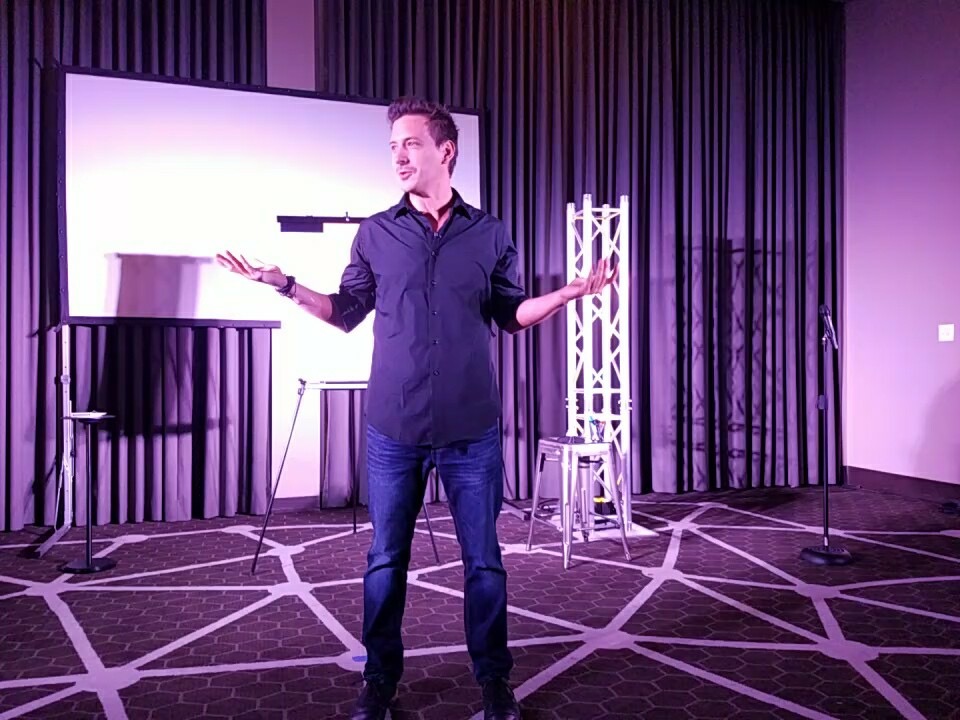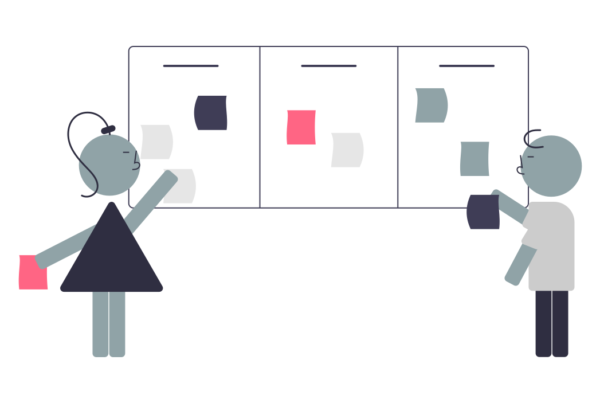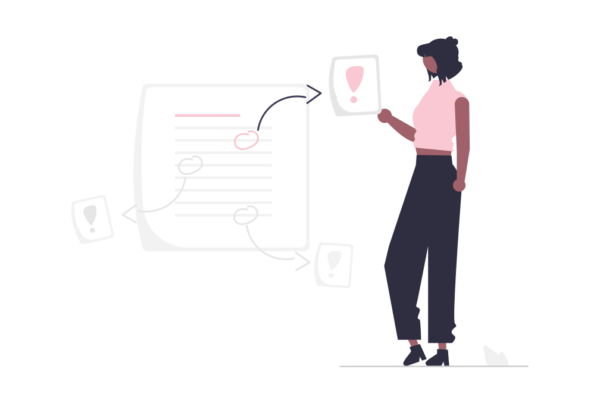Introduction: A Magician Reveals Secret Principles That Apply in Corporate Training
As a corporate trainer and hobbyist magician 🎩, I have first-hand experience with the crossover of preparation techniques used in the art of magic, corporate training, and education. I was reminded of this while listening to a recent episode of Star Talk 🌌 where Neil DeGrasse Tyson interviews Teller, “The Science of Illusion with Teller”. About eleven minutes into the episode, Teller explains to Neil what he loves doing while he is composing a routine, and Neil immediately draws a connection to educators.
📢 Teller – “When I am composing a thing, I love thinking from moment to moment, what would I be thinking if I was watching this right now? Where would my attention go?”
📚 Neil – “That’s what any good educator should be doing. Always have a minute-by-minute understanding of what is going on in the mind of the student.”
When I was writing my own magic show a few years back, I hired a magic consultant 🧙♂️ to help guide me through the process. What Teller said on the podcast was the exact same advice he gave to me while we were scripting out the patter (the script) and the routines. He told me, Jordon, you need to be aware of what you intend your audience to think and feel moment by moment if your goal is to create a positive impact in your audience. So that is what we did.
Fast forward ⏩ a year or two, and change the setting to working as a corporate trainer. I was assigned to a new boss 👩🏫who was transitioning from grade school education to corporate training, and she implemented a new step into our training prep that she called iPlans. These were essentially lesson plans like educators use, and they helped break down that moment-by-moment approach for corporate training.
Now let’s be honest for a second, lesson plans 📄 are not the favorite activity of any educator I know, and iPlans are not the favorite activity of any trainer I know as well, BUT (and that’s a big but for a reason), they can be effective tools for moving a good trainer to a great one. 🌟
So, in this post, we’ll explore:
✅ What a corporate training lesson plan is.
✅ How to use it.
✅ Tips for thinking moment by moment.
What Is a Corporate Training Lesson Plan? 📋
A corporate training lesson plan is a document that helps trainers outline their course or module. Going through the exercise of filling it out will help trainers get a better understanding of:
📌 Learning objectives
📌 The knowledge that participants already have
📌 What hang-ups you might run into
📌 How you’ll manage activities, transitions, and materials
📌 A breakdown of what is happening moment by moment ⏳
These documents only need to be filled out once per new-to-you training session. This means that if you are prepping a training on “OneNote Best Practices for Taking Meeting Notes” 📝, for instance, you only need to fill out the training lesson plan once before the first time you deliver it.
💡 Tip: It is recommended that you revisit the training lesson plan prior to each delivery, at least the first three to four times you deliver it. You’ll want to revisit it more frequently if the course is delivered sporadically (e.g., once every two or more months 📅).
Revisiting your training lesson plan gives you a quick way to remind yourself of all the things you prepared for your first delivery. It also gives you an opportunity to update anything that may have changed in the content, the tools you use 🛠️, or any mistakes you made in the process.
🆓 You can download a free copy of a training lesson plan template here.
How Do I Use a Training Lesson Plan? 🧐
We’ve talked a little about when to use it, but as far as the how to use a training lesson plan, it’s as simple as taking the time to fill it out. You may want to block an hour ⏰ on your calendar. The first couple of times you go through the process, you may be a bit slower, but once you get the hang of it, it will go much faster.
It’s helpful to approach the exercise as a guided brainstorming activity 🤔💭. You don’t have to use complete sentences or format it perfectly—this document is for you and no one else.
📝 The first section is all about thinking through the participant’s perspective. What should they walk away knowing? What assumptions do you have about their prior knowledge? How can you connect to previous trainings they’ve had?
🧠 The second and third sections shift focus to your perspective. What strategies will you use to deliver the content? How will you manage the environment? What prep work is required?
📊 The final section breaks down the lesson module by module, serving as both an agenda and a guide during your session. If you see that nine out of ten modules involve participants sitting through a PowerPoint 🎤📊, consider adding engagement tools like activities, breakout rooms, or teach-backs.
At the end of the day, filling out a training lesson plan will add an hour to your prep, but it ensures that you answer critical questions in a structured way. 🏗️
Tips & Tricks for Training Session Plans 🎭🔍
1️⃣ Magicians think about multiple senses 🎭 What will the audience see, hear, feel, smell, and maybe even taste? Consider how sensory elements can enhance engagement.
2️⃣ Magicians control attention 👀 How are you directing participants’ focus? You don’t need to use misdirection necessarily, but where is your participant’s focus and how can you influence it?
3️⃣ Magicians design routines to elicit reactions 😲👏What emotional responses are you aiming for? When should participants feel excited, surprised, or challenged? How will you accomplish this?
4️⃣ Rehearse, but be ready to adapt 🎭—A famous magician once spent an entire week in Mexico mastering a sleight-of-hand trick with a tarantula 🕷️. While you don’t need that level of rehearsal, good trainers practice. Average trainers wing it.
Conclusion 🎬
To wrap things up, magicians have had closely guarded secrets for thousands of years 🤫, and breaking down their routine to put themselves in the audience’s shoes is one secret corporate trainers can absolutely learn from.
Understanding where your participants’ attention is, anticipating their assumptions, and preparing for sticky situations can elevate your training sessions from good to great 🚀.
If you haven’t already done so, spend some time working through a training lesson plan, then feel and measure the difference for yourself 📊. Let me know how it works for you! If you want a copy of the one I use, you can find it here.
Until next time! 🎩✨
I almost forgot! If you are interested in hearing the full episode of Start Talk that inspired this post, you can find the YouTube video here or on your preferred podcast player.
When you’re ready, here are some ways I can help:
Corporate Trainer Workshops
Need to upskill your team on a specific live or virtual training topic? I’ll work with you to identify the needs of your team and facilitate a hands-on, workshop. Where you need it. When you need it. How you need it.
Consultation and Coaching
Need advice on a training project, your development process, or leading a training team? How about landing your next facilitator job? I’ll consult with you and help you be successful.
Custom Instructor-Led Training Development
Transforming your learning objectives into engaging and effective instructor-led trainings. Virtual or live, from development to train-the-trainers, we have your training needs covered.




